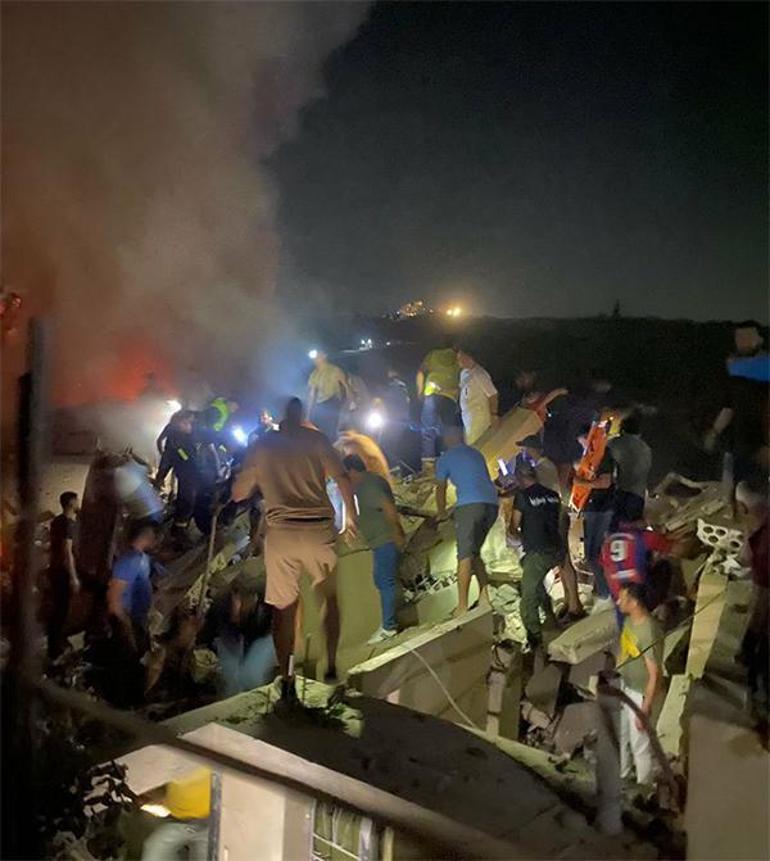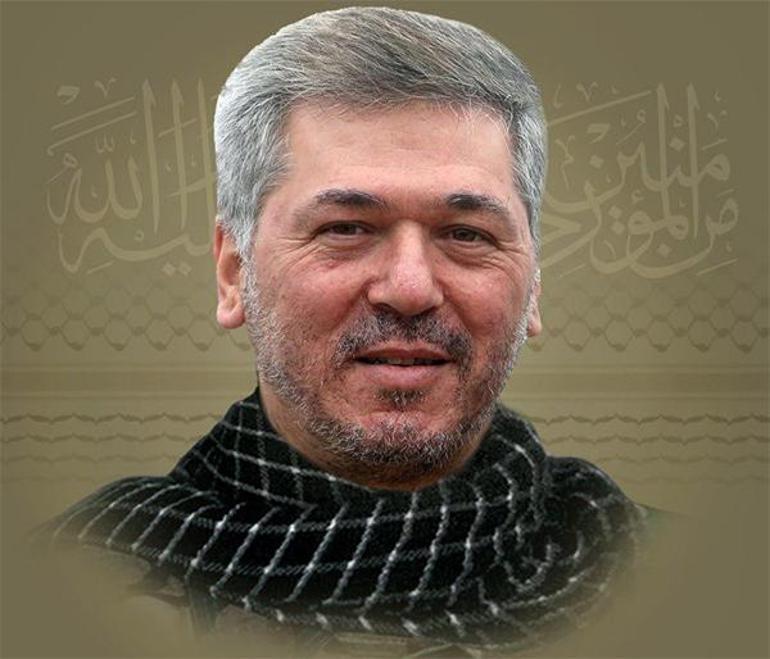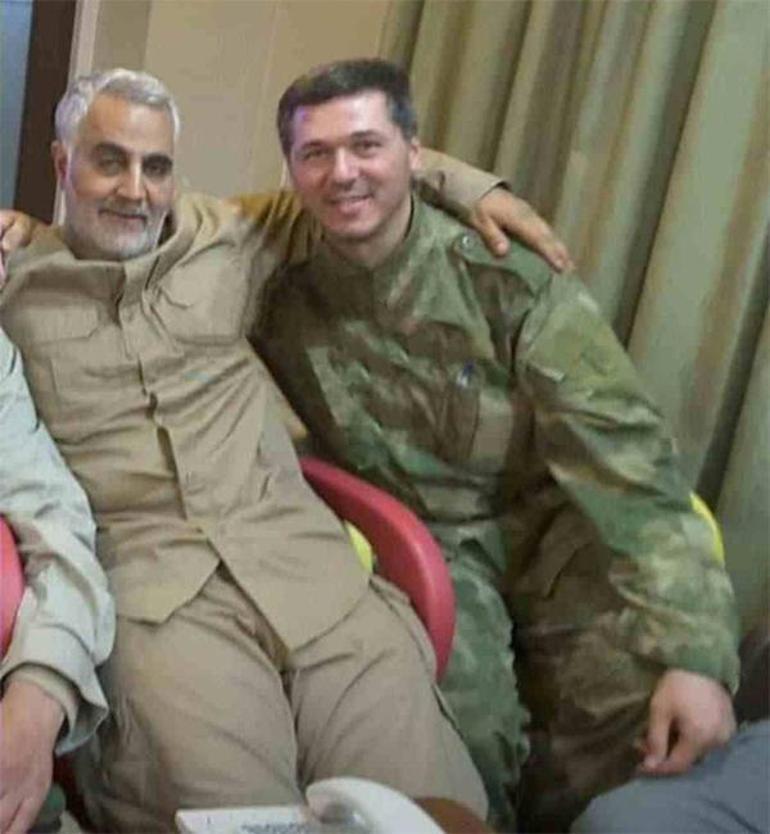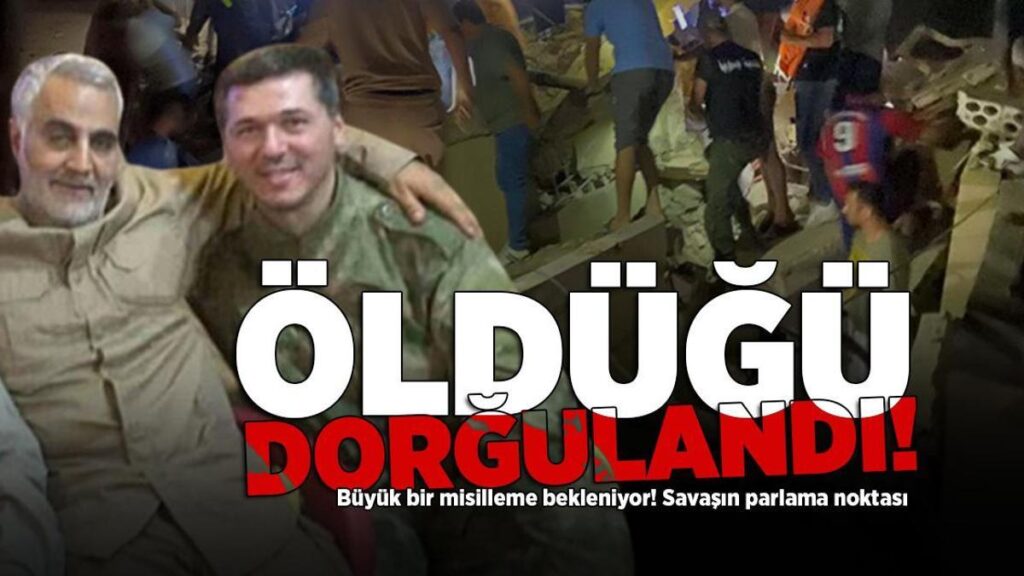
The night began quietly in the town 15 kilometers from the border, but was interrupted by a huge explosion. A fighter jet fired a missile that hit a building and shook the town to its roots. As flames and smoke cleared from the sky, the name of the target became clear.
Hezbollah had fired more than 80 rockets at Israel from southern Lebanon throughout the day leading up to the airstrikes. Tensions rose following the Israeli targeting of a convoy in Hermel, near the Syrian border, on Monday night, reaching a climax on Tuesday. In addition to the rocket rain, Hezbollah, Lebanon’s largest military force, shot down another Israeli armed drone.
An Iranian missile, designated 358, was fired at a Hermes 900 flying over Lebanon, causing the Israeli drone to crash and burst into flames. Yemen’s Houthis also use 358 missiles to attack American MQ-9 Reaper drones.
Israeli forces targeted a key Hezbollah figure in the middle of the night in the northern border town of Kvayya, destroying the home of one of its commanders, Talip Abdullah.

In addition to the commander, whose real name was Sami Abdullah, three other Hezbollah members were killed in the attack: Mohammed Hussein Sabra, Ali Selim Sufan and Hussein Kasum Hamid.
Hezbollah, which confirmed the death, called Talip Abdullah a “commander.” The group, which has lost more than 300 members in the border clash that began on Oct. 8, has so far only used the word “commander” once.
A Lebanese army official who gave the information to the international news agency AFP said Talip Abdullah was the most significant Hezbollah commander killed by Israel since October 8.
Talip Abdullah was born in 1969 in the southern Lebanese village of Adshid and led the Hezbollah militia on the Israeli border.

As expected, Talip Abdullah has a photo of him with Qassem Soleimani, commander of the Quds Force, the foreign operations arm of the Iranian Revolutionary Guard Corps. Hezbollah, founded by Iran decades ago, is Tehran’s closest ally in the Middle East.
The killing of Hezbollah’s southern commander has put Israel on high alert, with the Lebanese group expected to launch a major retaliation today.
In June, tensions along the border rose to unprecedented levels after Hezbollah missile launches sparked massive forest fires, prompting Israeli Prime Minister Benjamin Netanyahu and a number of his ministers and chiefs of staff to travel to the Lebanese border and threaten all-out war.
AFP reported that more than 300 Hezbollah fighters have been killed by Israel in the border conflict, now in its ninth month. Israeli air strikes have also killed 90 civilians, including children, women and journalists. The Lebanese casualty toll has risen to at least 467.
On the Israeli side, Hezbollah attacks killed 15 soldiers, including a general-ranking commander. The clashes also killed 11 Israeli civilians and forced the displacement of tens of thousands of Israelis from towns and villages along the Lebanese border.


